Depalpur Madhya Pradesh Assembly Constituency Election 2023: Date of Result, Voting, Counting; Candidates
As anticipation mounts for the upcoming Depalpur Constituency Election in Madhya Pradesh, voters are eagerly awaiting the big battle that kicks off with the announcement of key dates by the Election Commission of India. Here, we provide you with essential details about the Depalpur Constituency Assembly Election 2023 that every voter should be aware of.
Depalpur Constituency Madhya Pradesh Assembly Election 2023: Voting Date
The voting date for the Depalpur Assembly Constituency Election 2023 has been officially announced by the Election Commission. As per the ECI, Depalpur Assembly Constituency will go to polls on November 17. Stay tuned for updates as we bring you the latest information.
Depalpur Madhya Pradesh Election 2023: Candidates
Watch this space as prominent political parties, including the Indian National Congress (INC)Bharatiya Janata Party (BJP)and None Of The Above(NOTA) along with others, are poised to reveal their candidates for the Depalpur Assembly Constituency Election 2023 post the official declaration of voting dates by the Election Commission of India.
Stay informed as we bring you the latest updates on the Depalpur Assembly Constituency Election 2023, keeping you abreast of all the developments and insights that matter to you.
Depalpur Constituency MP Election Result: What happened in 2018
Vishal Jagdish Patel from Depalpur of Madhya Pradesh, won the seat with 94981 votes. He defeated Bharatiya Janata Party’ Manoj Nirbhaysingh Patel who had polled 85937 votes. The winning margin was 9044 votes.
2018 Depalpur Assembly Constituency Election Result
Winning Candidate NameParty NameTotal VotesVishal Jagdish PatelIndian National Congress94981
Candidate List Party Name Votes Gained (Vote %) Vishal Jagdish Patel Indian National Congress 94981 (50.46%) Manoj Nirbhaysingh Patel Bharatiya Janata Party 85937 (45.66%) None Of The Above None Of The Above 1957 (1.04%) Brajesh Kannoji (ahirwar) Bahujan Samaj Party 1340 (0.71%) Bahadur Singh Mandloi Aam Aadmi Party 1192 (0.63%) Sheikh Azij Independent 715 (0.38%) Sohan Panchal Independent 616 (0.33%) Ramcharan Patel Shiv Sena 400 (0.21%) Rajesh Gupta Independent 289 (0.15%) Sohan Solanki (malvi) Prajatantrik Samadhan Party 280 (0.15%) Rakesh Patel Independent 180 (0.1%) Gajraj Singh Choudhary Independent 179 (0.1%) Nilesh Neema Independent 153 (0.08%)
Depalpur Constituency MP Election Result: What happened in 2013
In the Madhya Pradesh Assembly election of 2013, Manoj Nirbhaysingh Patel won from the Depalpur seat garnering 93264 votes and defeated Indian National Congress candidate Satyanarayan Patel who bagged 63067 votes. The candidate who came third was Bahujan Samaj Party’ Jeetu Pardeshi.
Manoj Nirbhaysingh Patel got 93264 votes while Satyanarayan Patel got 63067 votes.
2013 Depalpur Assembly Constituency Election Result
Winning Candidate NameParty NameTotal VotesManoj Nirbhaysingh PatelBharatiya Janata Party93264
Candidate List Party Name Votes Gained (Vote %) Manoj Nirbhaysingh Patel Bharatiya Janata Party 93264 (56.74%) Satyanarayan Patel Indian National Congress 63067 (38.37%) Jeetu Pardeshi Bahujan Samaj Party 2017 (1.23%) None Of The Above None Of The Above 1897 (1.15%) Vishnu Barod (kalota) S D Bahujan Sangharshh Dal 1373 (0.84%) Santosh Chouhan Independent 831 (0.51%) Mohammad Arshad Independent 604 (0.37%) Prakash Agrawal Independent 471 (0.29%) Manoj Patel Independent 420 (0.26%) Gokul Bodana Independent 221 (0.13%) Mahesh Parihar Independent 217 (0.13%)
Depalpur Constituency MP Election Result: What happened in 2008
Satyanarayan Patel of the INC was the winning candidate from the Depalpur constituency in the MP Assembly elections 2008, securing 62890 votes while 53399 votes were polled in favour of Manoj Nirbhay Singh Patel of the BJP. The margin of victory was 9491 votes.
2008 Depalpur Assembly Constituency Election Result
Winning Candidate NameParty NameTotal VotesSatyanarayan PatelINC62890
Candidate List Party Name Votes Gained (Vote %) Satyanarayan Patel INC 62890 (50.51%) Manoj Nirbhay Singh Patel BJP 53399 (42.89%) Moolchand Rathor IND 1725 (1.39%) Nanuram Hekedia BSP 1360 (1.09%) Chhatar Singh Solanki LJP 1329 (1.07%) Pravin Anadilal Porwal IND 1106 (0.89%) Rajendra Patel BJSH 1066 (0.86%) Jagdish Solanki(dinesh) IND 692 (0.56%) Amit Ashok IND 530 (0.43%) Bharat Sing Patel SP 419 (0.34%)
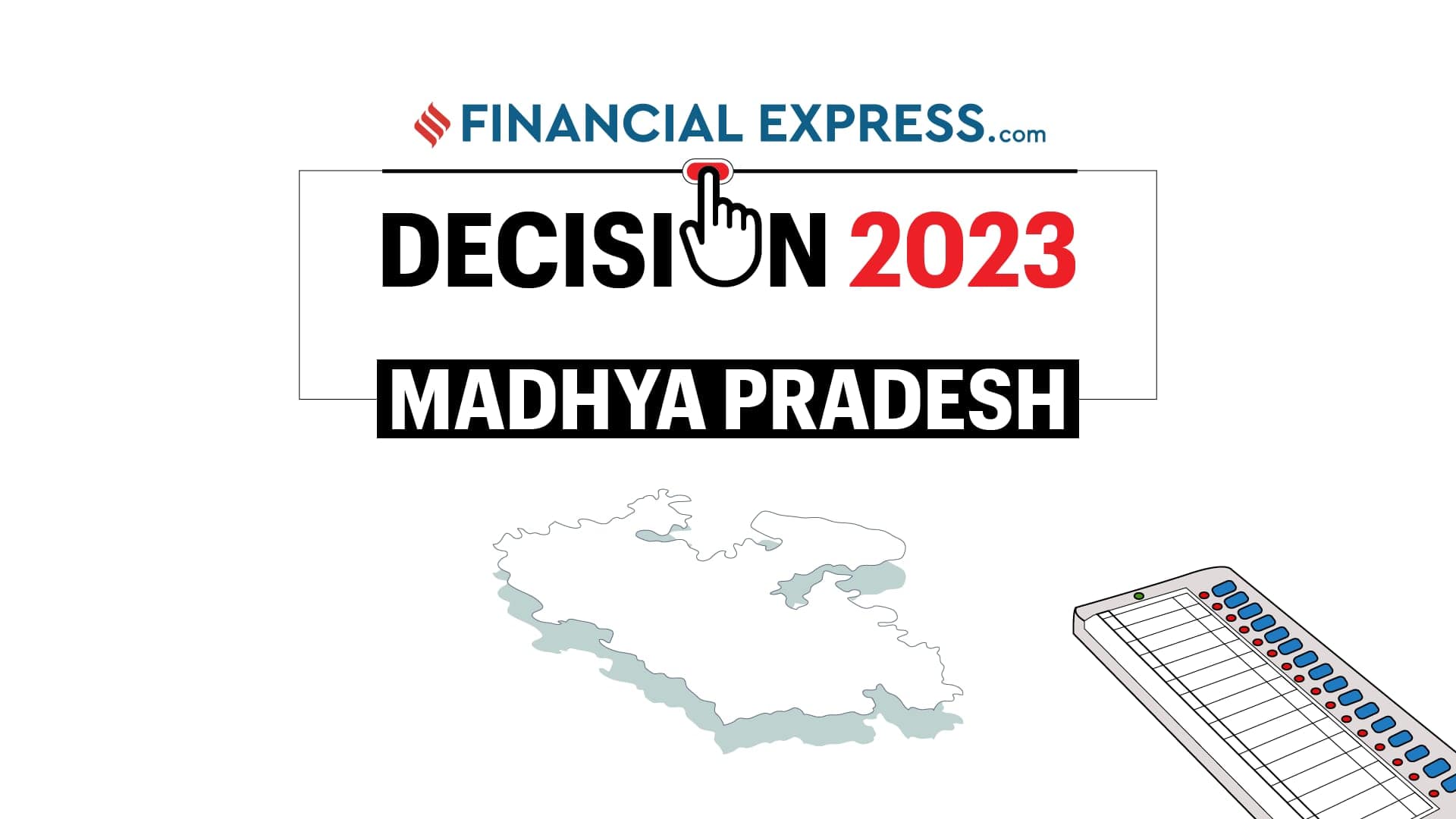
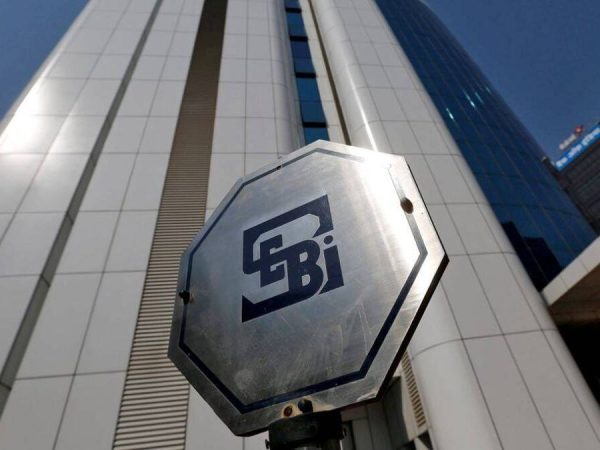
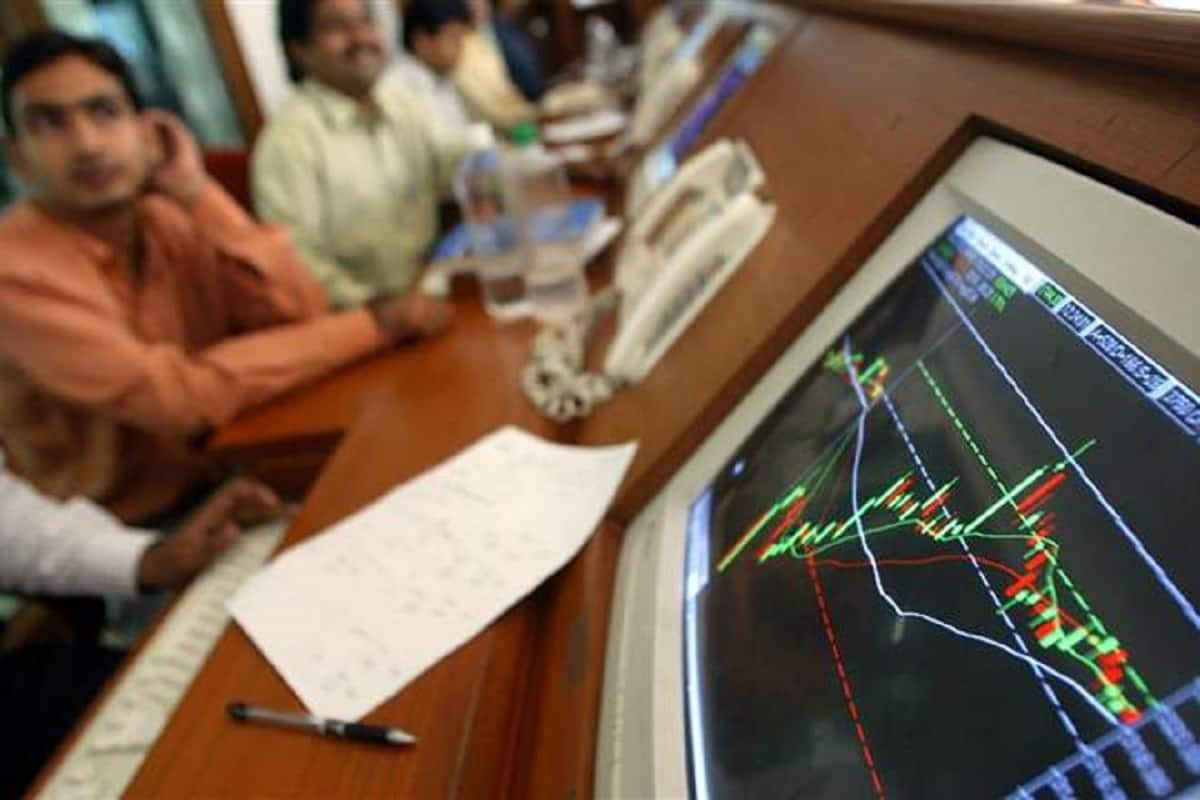
 Nifty
Nifty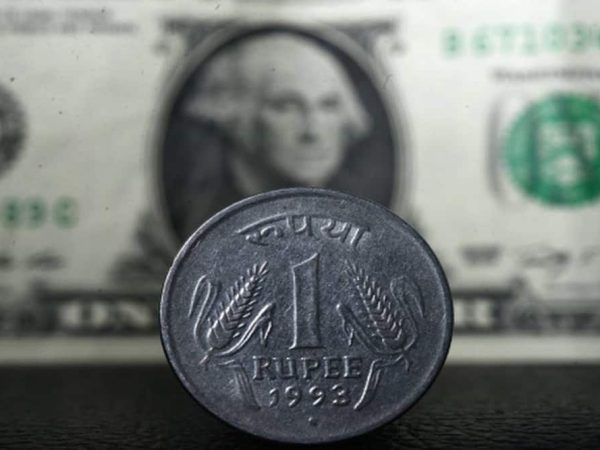
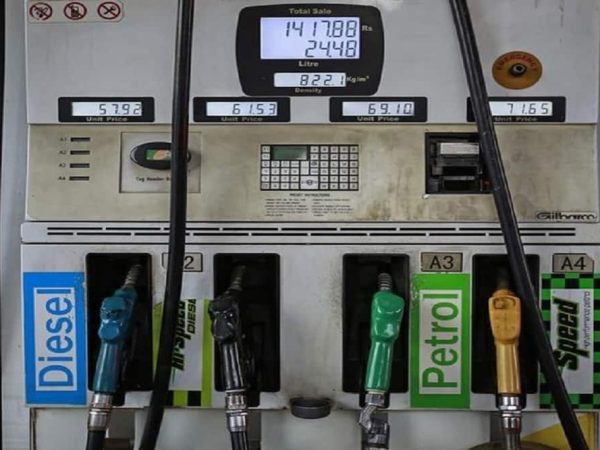
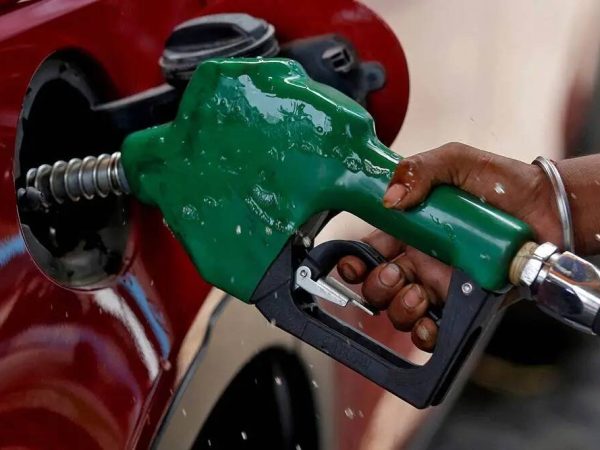

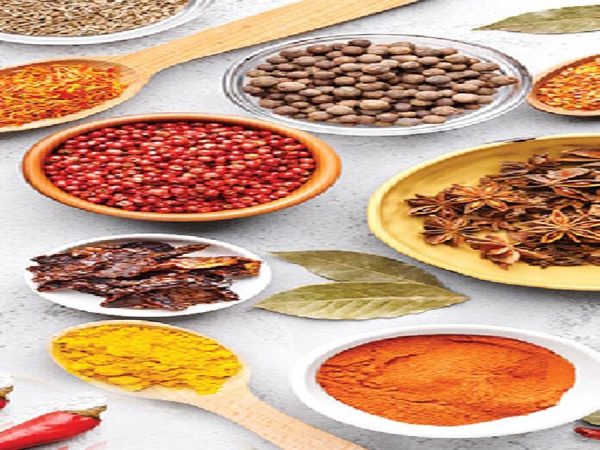

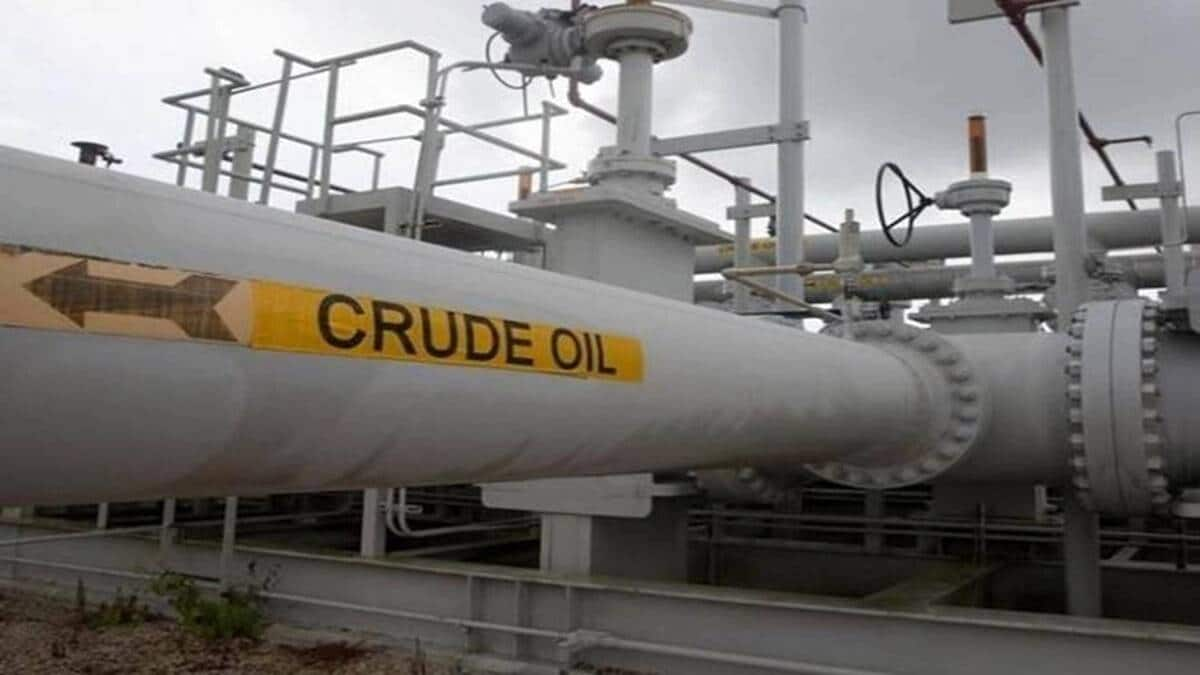
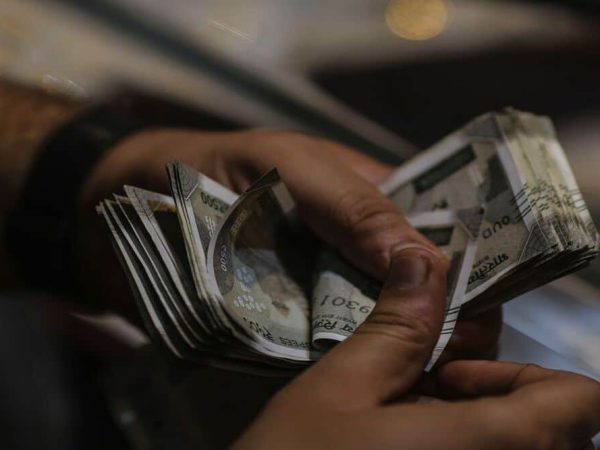
Recent Comments